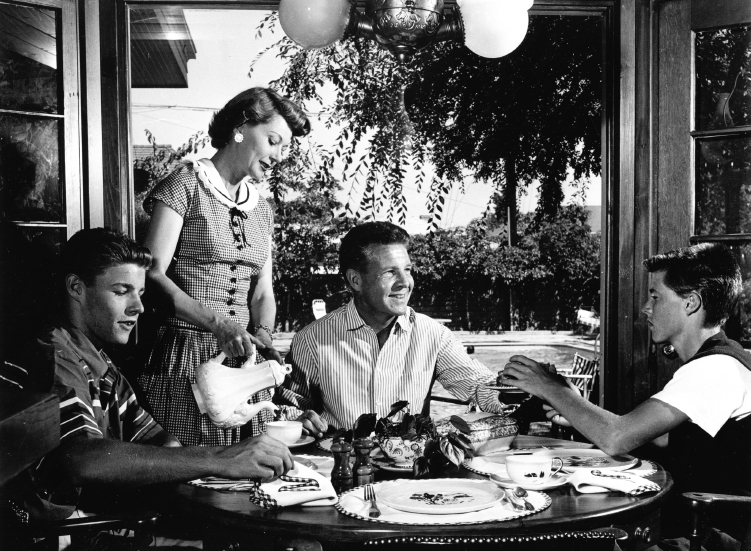The Age of Hegemony
Printed Page 459
As media corporations have grown larger, they also have been able to manage public debate and dissent about their increasing power. How? One explanation is their ability to exercise hegemony in our society. In a hegemony, society’s least powerful members are persuaded to accept the values defined by its most powerful members.
In his 1947 article “The Engineering of Consent,” Edward Bernays, a founder of modern public relations (see Chapter 12), expressed the core concept behind hegemony: Companies cannot get people to do what they want until the people consent to what those companies are trying to do—whether it is getting more people to smoke cigarettes, or persuading more of them to go to war. To win people’s consent to his clients’ goals, Bernays tried to convince Americans that his clients’ interests were “natural” and “common sense.”
Framing companies’ goals in this way makes it unlikely that anyone will challenge or criticize those goals. After all, who is going to argue with common sense? Yet definitions of common sense change over time. For example, it was once common sense that the world was flat and that people who did not own property shouldn’t be allowed to vote. When people buy uncritically into common sense, they inadvertently perpetuate the divisions that some common sense can create. And they shut out any viewpoints suggesting that these divisions are not natural.
The mass media—through the messages they convey in their products—play a powerful role in defining common sense and therefore setting up hegemony in society. Every time we read an article in a newspaper; read a book or magazine; or watch a movie, our favorite TV show, or a video clip on YouTube, we absorb messages suggesting what is important and how the world works. If we consume enough of these “stories,” we might conclude that what we are seeing in these media products is “just the way things are.” And if we believe this is “just the way things are,” we probably won’t challenge these trends or come up with other, better possibilities.
The reason the narratives “work” is that they identify with a culture’s dominant values. In the United States, “Middle American” virtues dominate our culture, and include allegiances to family, honesty, hard work, religion, capitalism, health, democracy, moderation, loyalty, and so forth. These kinds of Middle American virtues are the ones that our politicians most frequently align themselves with in the political ads that tell their stories.

These virtues lie at the heart of powerful American Dream stories that for centuries have told us that if we work hard and practice such values, we will triumph and be successful. Hollywood, too, distributes these shared narratives, celebrating characters and heroes who are loyal, honest, and hardworking. Through this process, the media (and the powerful companies that control them) provide the commonsense narratives that keep the economic status quo relatively unchallenged, leaving little room for alternatives. In the end, hegemony helps explain why we may sometimes support economic plans and structures that may not be in our best interest.